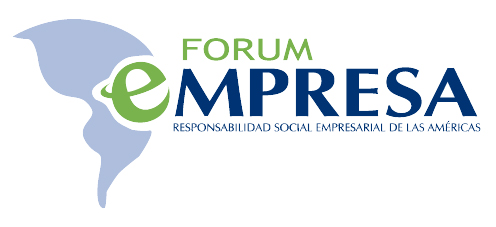The Challenges Corporate Foundations Face in the 21st Century – August 2014
There was a global debate going on at the end of the 20th century about what encompassed corporate social responsibility (CSR) and whether CSR was philanthropy. Companies with large corporate foundations thought that they were already practicing CSR and they didn’t need to address the negative impact of their business in society.
In 2010, the ISO 26000 guideline on social responsibility was published and it clarified this. CSR or social responsibility (SR), the term used in the guideline, distinguishes seven SR core subjects or pillars relevant to any organization which are: organizational governance, human rights, labor practices, the environment, fair operating practices, consumer issues, and community involvement and development. The guideline urges the organization to address the seven SR core subjects with initiatives that help minimize its environmental and social footprint.
Philanthropy is seen by the guideline as one way in which the organization chooses to invest in the community. The giving may be done through corporate foundations, corporate budgets, scholarships, in-kind donations, matching grants, etc. and it can be complemented by activities that fortify the company’s involvement with the community such as corporate volunteer programs, partnerships with local groups, etc.
Although today there is clarity about the relationship between CSR and philanthropy, there is confusion regarding the role of corporate foundations, which has been constantly evolving in the last 30 years. Before the 90’s only large American or European companies had corporate foundations that focused their giving on causes that the CEO cared about. In other parts of the world, where the financial support for the social sector came from international cooperation organizations, corporate foundations appeared in the mid 90’s. During this period corporate foundations in general became more professional and started practicing strategic philanthropy or social investment, focusing the company’s giving on two or three social or environmental issues of importance to the company and the community. In spite of the fact that corporate foundations helped increase the company’s reputation, there was no link to the business and they mainly operated in its periphery.
In the last 10 years, the role of corporate foundations has changed again. Companies that had established foundations a few years ago and were developing CSR strategies for the first time, suddenly were confronted by the following questions:
-What is the relationship between the foundation and the company’s CSR strategy?
-What is the role of the foundation?
-How close should the foundation be to the heart of the business?
-What key material issues related to the industry sector should the company address through the foundation?
-What expectations do stakeholders have of the foundation?
Stakeholders today demand businesses to help resolve big societal issues, especially the ones related to the environmental or social footprint the company has in the world. They also look at the whole company, its operations and its impacts, the vision, mission and values, how the company treats its employees, providers and communities, the safety of its products and services, the human rights the company infringes, how they communicate the CSR activities, the social and/or environmental issues it supports, and how aligned is the foundation with the rest of the CSR strategy. Stakeholders seek coherence in all of this.
Levi Strauss and Unilever, two companies that have established corporate foundations, have addressed these questions successfully. They have been able to show the power of aligning the foundation with the business while supporting a social cause closely related to the company’s operations.
The Levi Strauss Foundation (LSF) was created in 1952 to support the fence communities by the production plants. Later on, the LSF began practicing strategic philanthropy; and more recently, it aligned its giving with the company’s efforts to improve the lives of apparel workers who make their products, which is a cause directly related to their social footprint. These initiatives help advance the human rights and well being of these workers and their families thus providing business and social returns.
In 2012, Unilever launched its Unilever Foundation dedicated to “better life through hygiene, access to drinking water, basic nutrition and self-esteem”. The foundation is aligned with the corporate mission of bringing vitality to people through their products and it is also aligned with the business operations. Unilever wants to provide solutions to social and environmental issues that touch their operations and that they are uniquely equipped to help resolve, like water scarcity and food security.
Both companies found a new role for their foundations and they are using them to help solve key issues related to their social and environment footprints.













